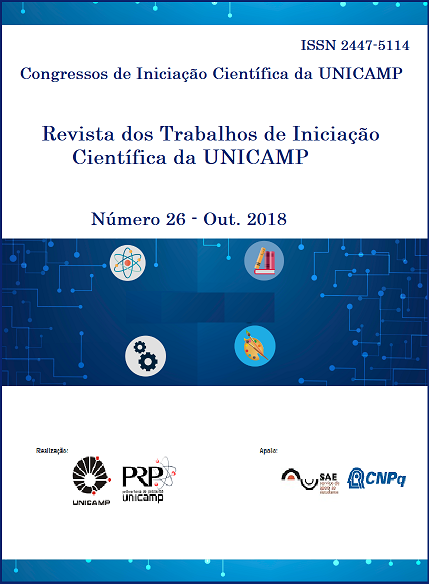Resumo
Nanostructured metallic multilayers in the electrodeposition of copper can be spontaneously synthetized when the system is kept far from thermodynamic equilibrium. We have focused on the understanding of how blocking agents, mainly induced by strong adsorption, can tune the thickness of these self-organized layers, therefore, altering the total surface area. For this purpose, we perturbed the electrodeposition of copper on acidic media with small amounts of o-phenanthroline (phen). Indeed, the addition of phen gives rise to a distinct current-potential profile. A negative differential resistance (NDR) and hysteresis are observed in the cyclic voltammograms. The appearance of the NDR is attributed to the adsorption of some species in lower potentials, which suppresses the copper electrodeposition. The hysteresis, in its turn, indicates that the system has two stable steady states for the same set of controlling parameters, the so-called bistability (BS). We have monitored the bistability domain by mapping the bifurcation diagrams Rext (external resistance between the working and reference electrodes) vs. potential obtained from the experimental data for different concentrations of phen. We have also performed EQCN, SEM and EIS measurements in order to investigate the phenomena involved in the appearance of bistability. We have suggested a physical-chemical mechanism in attempt to explain which substances act as the surface-blocking agents.
Todos os trabalhos são de acesso livre, sendo que a detenção dos direitos concedidos aos trabalhos são de propriedade da Revista dos Trabalhos de Iniciação Científica da UNICAMP.
